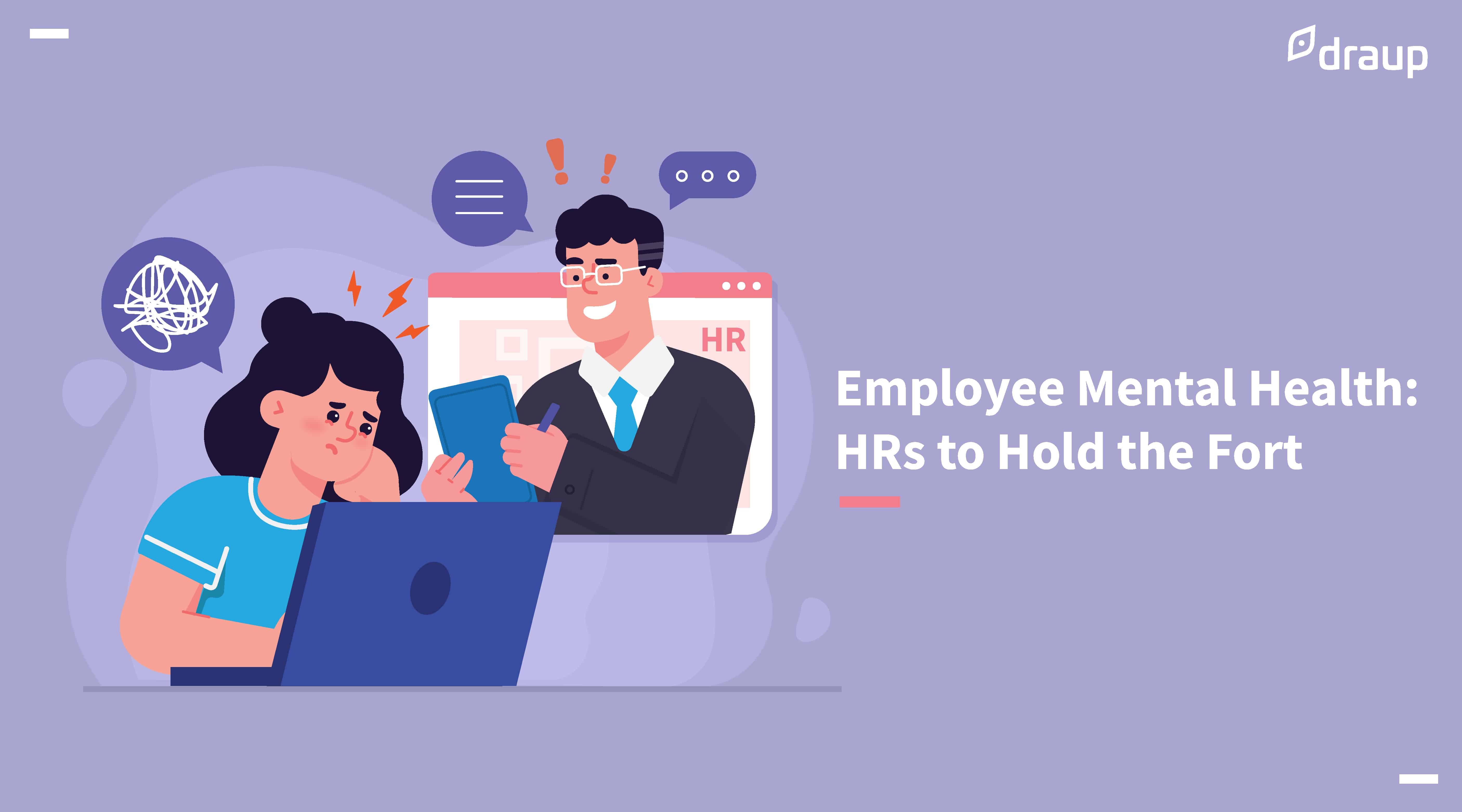AI is advancing fast, but most workforces aren’t. While 93% of enterprises view AI as Essential to Success, 76% lack the talent to deliver. The real issue isn’t missing skills, but outdated planning models built on static roles and rigid hierarchies. These systems miss how skills evolve, how work changes, and how new roles emerge in real time. Staying competitive requires a shift to skills-based architecture.
What is Skills-Based Architecture?
Skills-Based Architecture is a strategic system that allows organizations to structure, govern, and leverage workforce skills as the unified core of talent planning and development. Instead of relying on conventional job roles or positions, skills-based architecture concentrates on skills as fluid, detailed assets that can be monitored, examined, and built throughout the organization.
It assists organizations in:
- Discovering existing and developing skills shortages
- Plan talent requirements with accuracy
- Facilitate internal mobility
- Benchmark against peers
- Develop resilience in a rapidly changing market
Draup’s skills-based architecture drives this transformation through a data-rich, role-savvy model that reflects how work gets done at scale. Draup’s platform uses learnings from more than 850 million job descriptions, 17,500+ curated skills, and real-time workforce information in 1.5 million companies.
5 Steps to Skills-Based Transformation
Here’s how top companies are creating a future-proof workforce, step by step. From tidying up talent data to infusing skills into enterprise systems, these five steps enable strategy to be converted into action.
Step 1. Data Aggregation & Standardization
Draup’s skill-based architecture collects millions of talent signals such as job descriptions, professional profiles, pay data, and peer benchmarking and standardizes them into a single model.
- Role Normalization: Matches titles across sectors and geographies
- Skill Tagging: Categorizes skills into root, core, adjacent, and soft
- Task Decomposition: Exposes real work, not mere job titles
- Contextual Mapping: Evolves insights into domain-specific requirements (e.g., Telecom, Semiconductors)
Outcome: A high-resolution skills intelligence layer for precise skills gap analysis, intelligent workforce planning, and scalable, skills-led hiring.
Step 2. Workload Mapping
Draup’s skills-driven architecture maps business initiatives to workloads, tasks, and the skills required to perform them.
- From “launch e-commerce platform” to activities such as backend integration, security configuration, and UX design
- From activities to specific skills such as Python, AWS, or Agile teamwork
Why it matters: Title-based hiring results in mismatches. Workload mapping makes sure hiring, upskilling, and deployment are closely linked with strategic objectives.
Step 3. Workload Transformation
Static job roles are substituted by dynamic, skill-matched talent strategies. Draup’s skills architecture facilitates the decomposition of work across functions to identify concealed talent pools and upskilling potential.
For instance, you may require an “AI Prompt Engineer,” but hardly anyone has that designation. Rather than search specifically for that designation, Draup’s skill-based framework assists you in discovering applicants with talent such as NLP, Python, and creative writing, even if presently employed in positions such as content writing, research, or data analysis.
This facilitates intelligent sourcing, redeployment, and proactive reskilling.
Step 4. Creating Skills Taxonomy
Draup’s skills-based framework constructs a common skills taxonomy across technical, leadership, and soft skill fields based on actual workloads and refreshed constantly.
This supports:
- Consistency in hiring, L&D, and mobility
- Insights into emerging capabilities
- A common language for all workforce decisions
Step 5. Benchmarking & Gap Analysis
With peer insights and real-time labor market intelligence, Draup’s skills-based framework allows HR teams to benchmark their workforce against:
- Skills maturity
- Compensation levels
- DEI benchmarks
- Talent distribution
Coupled with skill gap analysis, this enables Learning and Development and HR teams to identify function or team-level skill gaps and allow for accurate, high-impact reskilling plans.
Use Case: Upcoming Disruption Replaced by Upskilling
For example, a cloud-native technology business that is experiencing significant AI disruption from recent tariff wars doesn’t necessarily need to look to layoffs. Rather, it can discover skill adjacencies and scale upskilling using Draup’s skills-based architecture. Here’s how.

Fig: Tabular representation of how skills-based architecture is used
The outcome: better workforce flexibility, reduced churn, and future-proof jobs.
The skills gap in the workforce isn’t due to bad training; it’s due to bad structure. Job titles can’t keep pace with innovation. A clear skills-based architecture allows organizations to respond, reskill, and remain competitive in a rapidly changing world.
With Draup’s skills-based architecture, businesses can bridge the gap between business strategy and talent execution, making disruption into opportunity.







